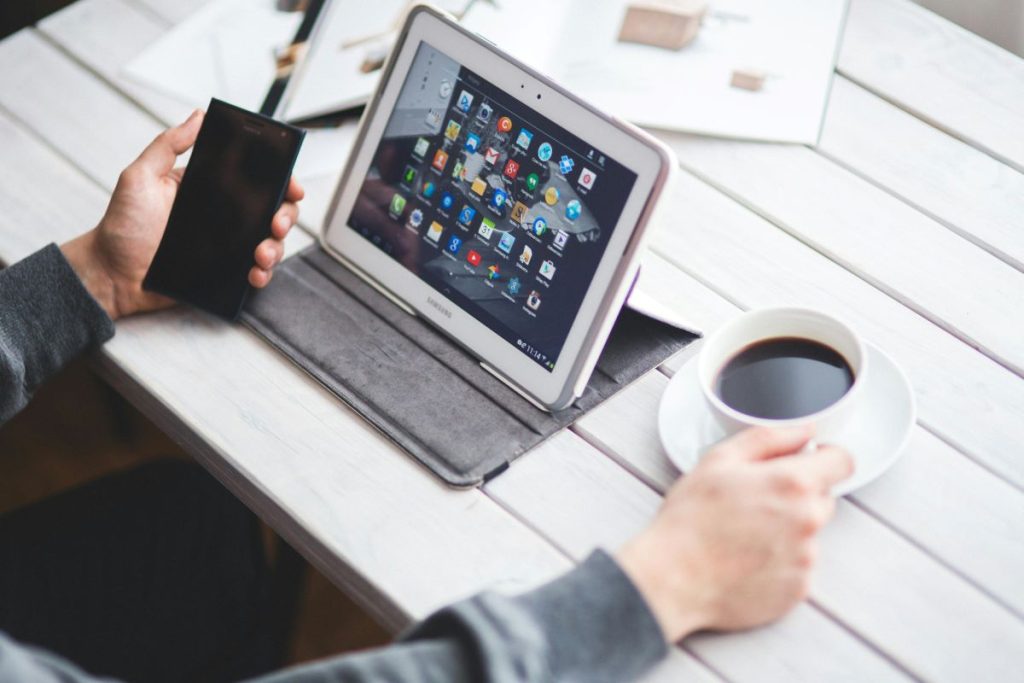The idea of owning a Free Gov Tablets without paying the full retail price is appealing to many people, especially in times when staying connected is essential. In 2025, several government-backed programs and partnerships make it possible for qualifying individuals to receive a free or low-cost tablet. These initiatives aim to help people connect to the internet, access education, find jobs, and stay in touch with loved ones.
This guide explains what free government tablets are, who can get them, the programs behind them, and tips for successfully applying.
Understanding Free Gov Tablets
A free government tablet is not just a giveaway—it’s a tool provided through official assistance programs. These tablets are distributed by agencies or organizations that work with federal or state programs to support low-income individuals, seniors, veterans, and others in need.
The goal is to bridge the digital divide. Many services, from health appointments to school classes, now rely heavily on online access. Without a device like a tablet, some people are left behind. Free government tablets are part of the solution.
Why These Programs Exist
The main reason these programs exist is to give more people equal opportunities in the digital world. Access to technology is now as important as having electricity or running water. Without it, everyday tasks become harder.
Government and partner organizations recognize that not everyone can afford a new tablet. By offering devices at no cost or at a reduced price, they help:
- Students keep up with online learning.
- Job seekers apply for work from home.
- Seniors connect with telehealth services.
- Families stay informed and entertained.
Common Programs Offering Tablets
In the United States, two well-known programs often linked to free or discounted tablets are:
- Lifeline Program
This long-running initiative mainly provides discounted phone and internet service to low-income households. In recent years, it has expanded to include devices such as tablets. The exact device you get depends on the service provider. - Affordable Connectivity Program (ACP)
This program offers monthly internet discounts and, for eligible customers, a one-time discount toward a device like a tablet. The recipient may pay a small portion of the cost, but it’s still much lower than buying at full price.
Some local community organizations and nonprofits also join these programs to distribute devices directly.
Who Qualifies for Free Gov Tablets
Eligibility varies, but there are common requirements across most programs. Generally, you may qualify if:
- Your household income is below a certain percentage of the federal poverty level.
- You participate in assistance programs like SNAP, Medicaid, SSI, or WIC.
- You live in certain tribal lands and meet income guidelines.
- You are already enrolled in Lifeline benefits.
Some providers may ask for proof of participation in these programs or documentation of income.
How to Apply for a Free Government Tablet
Applying is usually straightforward, but it’s important to follow the steps carefully:
- Find a Participating Provider
Look for service providers that work with Lifeline or ACP in your area. Each may have slightly different offers. - Check Your Eligibility
Confirm that you meet the program’s income or participation requirements. - Gather Documents
Prepare documents such as proof of income, benefit letters, or identification. - Submit an Application
You can often apply online through the provider’s website or in person at an authorized location. - Wait for Approval
If approved, your tablet will be shipped or handed to you directly, depending on the provider.
What to Expect from the Tablet
The device you receive will depend on the program and provider. It may not be the newest model, but it should be capable of handling everyday tasks like:
- Browsing the internet
- Video calls
- Email
- Streaming videos
- Running basic apps
Some tablets come preloaded with useful apps for education, health, and job searches.
Tips for a Successful Application
- Apply Early – Some programs have limited stock, so applying sooner increases your chances.
- Double-Check Your Documents – Missing or unclear paperwork can delay approval.
- Stay Updated – Rules and offers may change each year.
- Use Official Sources – Only apply through verified providers to avoid scams.
Avoiding Scams
Unfortunately, the promise of a free device attracts scammers. Protect yourself by:
- Not sharing personal information with unverified websites.
- Looking for official ACP or Lifeline logos on provider websites.
- Confirming the provider is listed in the FCC’s official database.
If something feels suspicious—such as being asked for high upfront fees—it’s safer to walk away.
Benefits Beyond the Device
Receiving a free tablet is more than getting new technology—it’s gaining access to opportunities:
- Education – Students can access digital classrooms, research, and educational games.
- Employment – Job seekers can search listings, send resumes, and attend virtual interviews.
- Healthcare – Patients can attend telehealth appointments and manage online prescriptions.
- Social Connection – Friends and family can stay in touch through video calls and social platforms.
These benefits show why such programs are important for modern living.
The Future of Free Government Tablets
As technology becomes more essential, it’s likely that free or low-cost device programs will continue to grow. Future improvements may include:
- Faster internet capabilities.
- More advanced tablet features.
- Broader eligibility to reach more households.
- Partnerships with schools and libraries for easier distribution.
The focus will remain on making sure no one is left out of the digital world.
Final Thoughts
Free government tablets are not just a gift—they’re an investment in people’s access to information, work, and community. In 2025, the combination of programs like Lifeline and ACP makes it easier than ever for eligible individuals to stay connected. If you meet the requirements, taking the time to apply could open new doors in education, career growth, and communication.
